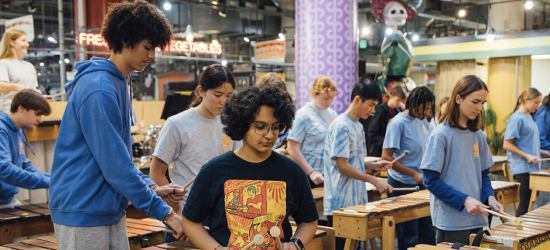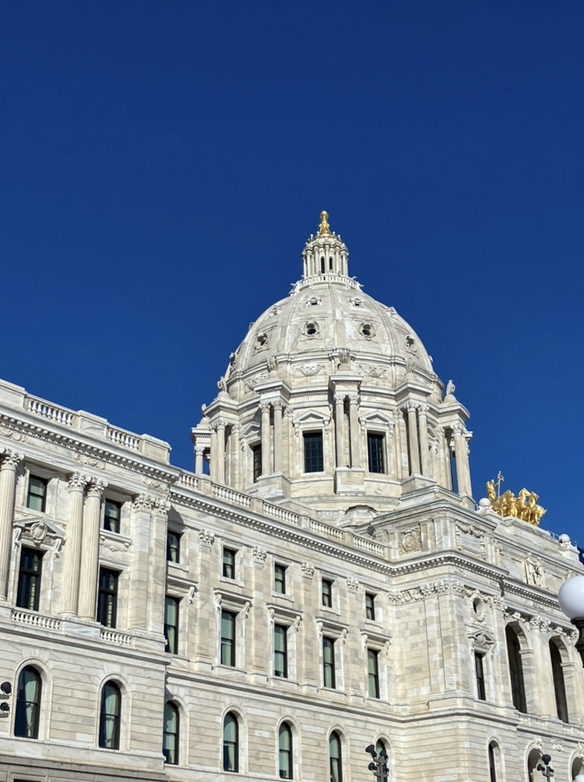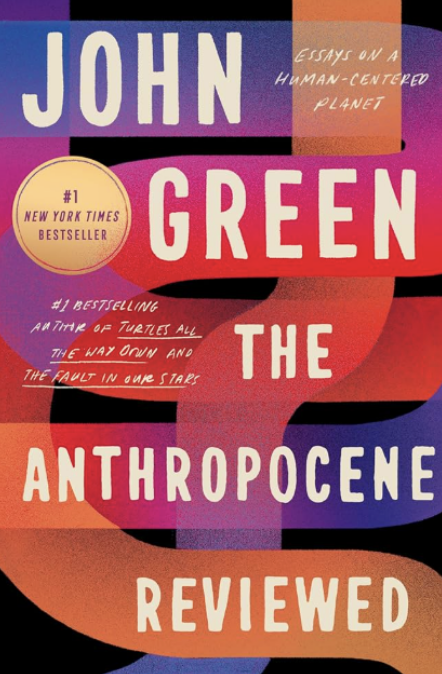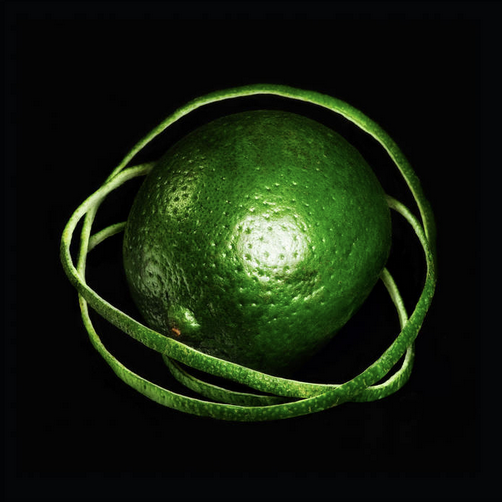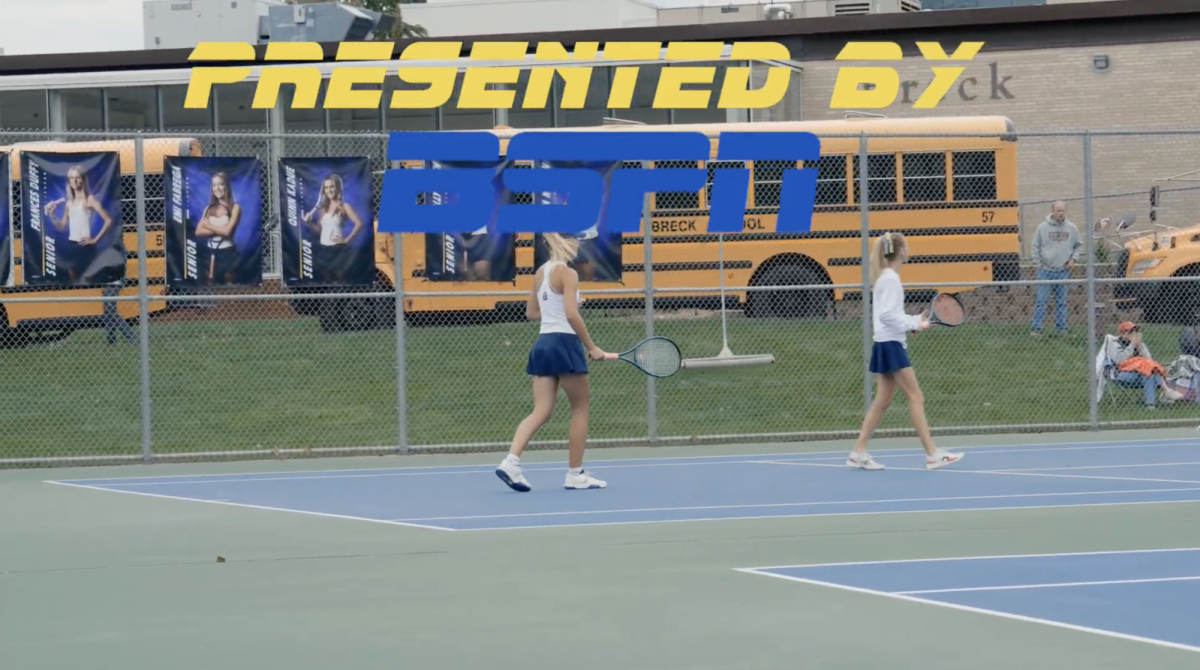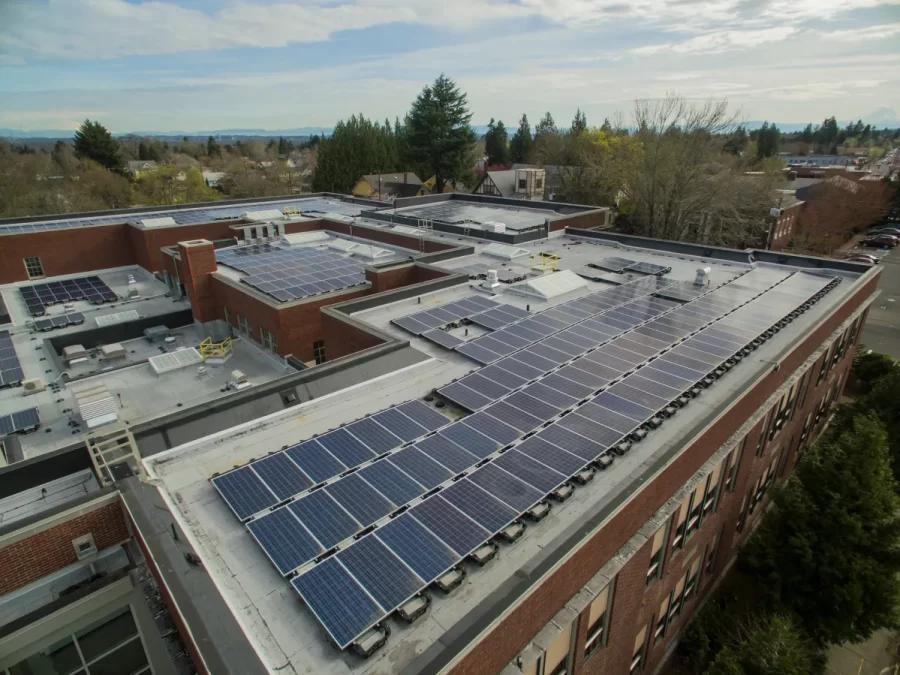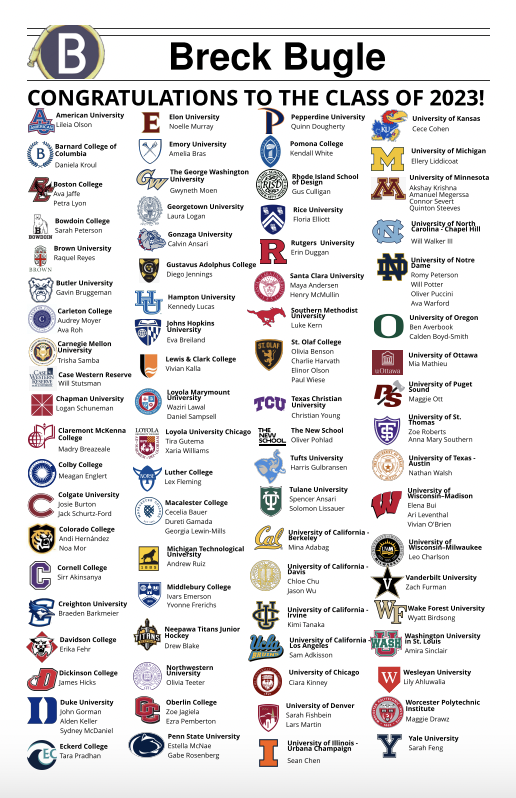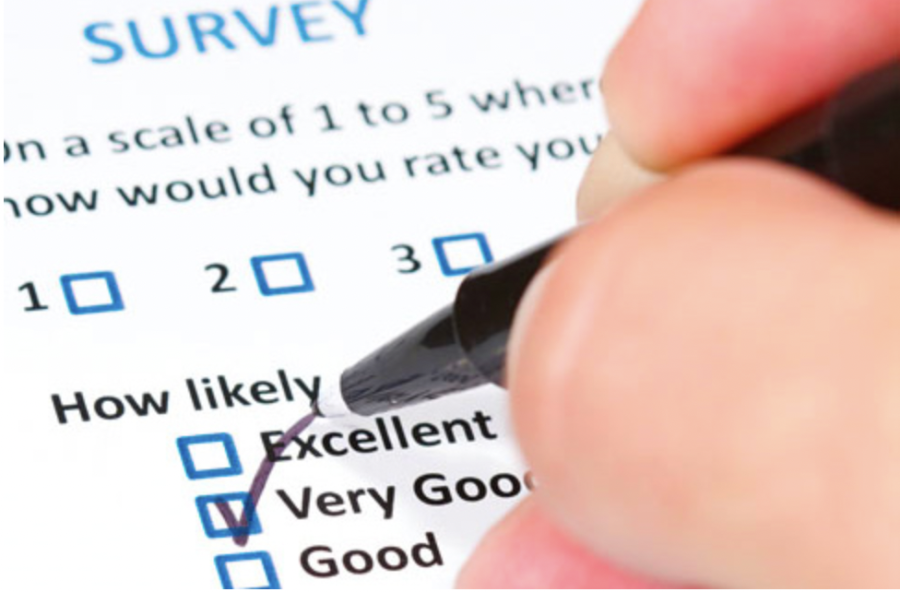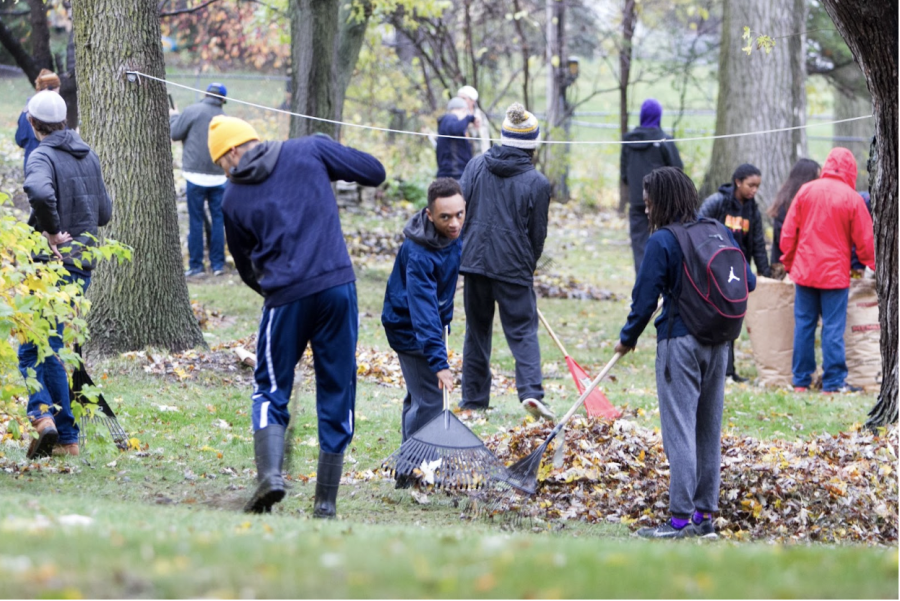Starbucks dropped their new cup lineup for 2025, and honestly, it has triggered mixed emotions and intrigued people all around the world. Starbucks is pushing compostable cold cups in select stores and states, which sounds not too bad, until you have to actually use them. The lids are awkward to sip from and feel flimsy over time. Their reusable cup discounts (10 cents off, 25 bonus stars for Reward members) are a nice nudge, but it’s not exactly a revolution when the reusable hard plastic cups cost $20-30 each. We’ve tried these new cups, and while it kind of feels like a joke with the cold drinks in the hot cups and the hot cups in soup-like containers, we can’t ignore the fact that it is only for the best. However, it is less appealing not being able to see your iced cold drink through the plastic. While Starbucks believes they are paving the way in renewability; in actuality, they still offer huge plastic straws, which, at the end of the day, are Starbucks’s biggest polluters of the environment.
In theory the new cups reduce landfill waste and the persistence of microplastics—a major issue with the conventional cups. Starbucks has historically used over 4 billion cups annually, many of which end up in landfills or as litter due to inadequate recycling systems (only about 1-2% of their cups were recycled as of a few years ago). If composted properly, the new cups could divert a significant portion of that waste.
Nonetheless, the environmental gain isn’t as clear-cut as it seems. First, the cups require commercial composting facilities, which aren’t widely available—less than 10% of US municipalities have accessible programs. If they end up in landfills instead, they may still break down faster than plastic cups, but anaerobic conditions could release methane, a potent greenhouse gas. Studies on bioplastics like PLA (often used in plastic liners) suggest methane emissions in landfills can offset some benefits if not managed properly, potentially making them only marginally better than traditional cups in worst-case scenarios. Real impact hinges on infrastructure scaling up and Starbucks pushing harder for reusable adoption. Without that, it’s more of a feel-good tweak than a game-changing adjustment.
So, the real question is: are the benefits worth the complaints? The general consensus seems to be that the paper cups for ice drinks and inconvenient lids are anything but appealing, but they are symbolic to Starbucks environmental awareness. Their compostable cups have helped to eliminate, on average, two million cups per month from waste streams.This staggering number leads us to believe that while Starbucks’ new cups may be inconvenient and less aesthetically pleasing, they are a step to Starbucks reducing their waste influence globally.
